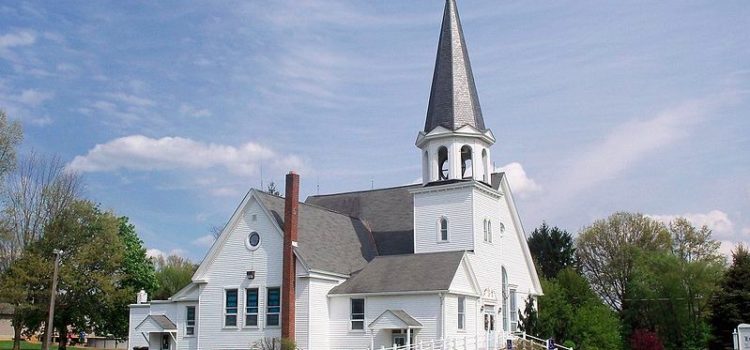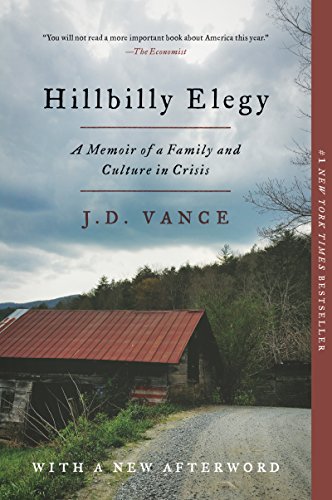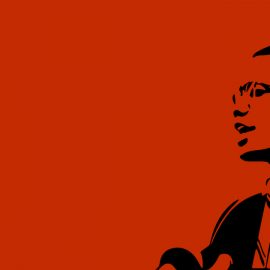

This article is an excerpt from the Shortform summary of "Hillbilly Elegy" by JD Vance. Shortform has the world's best summaries of books you should be reading.
Like this article? Sign up for a free trial here .
What is Middletown, Ohio’s history known for? What role did the Armco steel mill play?
We’ll cover Middletown, Ohio’s history through the eyes of Hillbilly Elegy‘s JD Vance and explore how Armco impacted Middletown’s economy…and led to Middletown’s decline.
A Community In Decline: Middletown, Ohio’s History
This tumultuous period in young JD’s life occurred against the backdrop of the broader social, moral, and spiritual decay of the hillbilly culture that had defined his family’s experience.
When JD was born in 1984, Middletown, Ohio was still a respectable, prosperous industrial town. It had a vibrant shopping center downtown, long-established businesses that had been going strong since World War II, and most importantly, a major employer in the Armco steel mill.
Over the course of JD’s upbringing, Middletown changed dramatically for the worse. This was a turning point in Middletown, Ohio’s history. The once-bustling downtown became blighted by abandoned shops and pockmarked by broken windows; respectable family businesses were replaced by cash-for-gold stores and pawn shops; and Main Street degenerated into a haunt for drug addicts and dealers.
In a potent symbol of the town’s rise and fall in Middletown, Ohio’s history, an opulent Victorian mansion that was once home to the wealthiest family in the county was purchased for a mere $225,000: less than what a one- or two-bedroom apartment would cost In Washington, D.C. or Manhattan. Where the once-prominent mansions weren’t been sold for pennies on the dollar, they became chopped up into small apartments by absentee landlords.
What transformed this blue-collar, seemingly prosperous community into a bleak post-industrial wasteland? This is a primary question in Middletown, Ohio history.
Middletown, Ohio and the Death of American Manufacturing
Towns like Middletown all over Appalachia are struggling with a new economic order. This is a key element of Middletown, Ohio’s history. The Armco steel mill that had drawn countless Appalachian migrants like JD’s Mamaw and Papaw to the town was suffering from the same manufacturing decline that plagued Rust Belt towns all across the country.
In an era of globalization, where cheap inputs and labor could now be sourced from all over the world, domestic manufacturing concerns were at a heavy disadvantage. Companies could now easily offshore jobs to low-wage countries, leaving American blue-collar workers high and dry.
The only way they could survive was through mergers and the downsizing of their workforces. Armco merged with Kawasaki in 1989 and began drastically reducing its investment in Middletown, Ohio. This was a turning point in Middletown, Ohio’s history.
Seemingly overnight, this pillar of the regional economy had become a shadow of its former self. Armco hadn’t just been an employer: it was the lifeblood of the community, funding parks, libraries, schools, and other public facilities through tax revenue and private contributions.
Moreover, the company and its products were an immense source of pride for Middletownians. JD recalls his grandparents boasting about how Armco steel was used in countless products and used to build some of the most iconic structures across the United States. The decline of the firm didn’t just signal an economic downturn in the town’s fortunes: it was a cultural and spiritual downward spiral in Middletown, Ohio’s history that left the community reeling.
Residential Segregation in Middletown, Ohio History
Middletown was a mainly (though by no means exclusively) white, blue-collar town. As the manufacturing jobs left, however, the remaining residents became crowded into suburban ghettos.
The numbers tell the story: in 1970, 25 percent of white children lived in poor neighborhoods. By 2000, that figure was 40 percent, and growing rapidly. In popular imagination, this kind of poverty and economic segregation is associated with racial minorities in inner-city communities. But by 2011, residents of poor neighborhoods were more likely to be white.
As Vance observes, bad neighborhoods are no longer an exclusively urban problem. Increasingly, many of America’s suburbs and rural areas have become marked by unemployment, poverty, high foreclosure rates, welfare dependency, crime, high divorce rates, and drug and alcohol addiction. These are key problems in Middletown, Ohio’s history.
———End of Preview———

Like what you just read? Read the rest of the world's best summary of "Hillbilly Elegy" at Shortform . Learn the book's critical concepts in 20 minutes or less .
Here's what you'll find in our full Hillbilly Elegy summary :
- The hallmarks of hillbilly culture and why they hold people back
- How JD Vance broke out of his hillbilly childhood and graduated from Yale
- Why the author thinks hillbillies might be beyond saving






